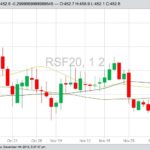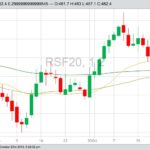Canola values incurred sharp losses during the week ended Jan. 31, steadying only slightly at mid-week thanks to support from the Canadian dollar. Headlines have been dominated by the rapidly spreading coronavirus outbreak, which originated in the Chinese city of Wuhan. As of Jan. 31, nearly 10,000 cases have been reported, and over 150 lives lost. Financial and













